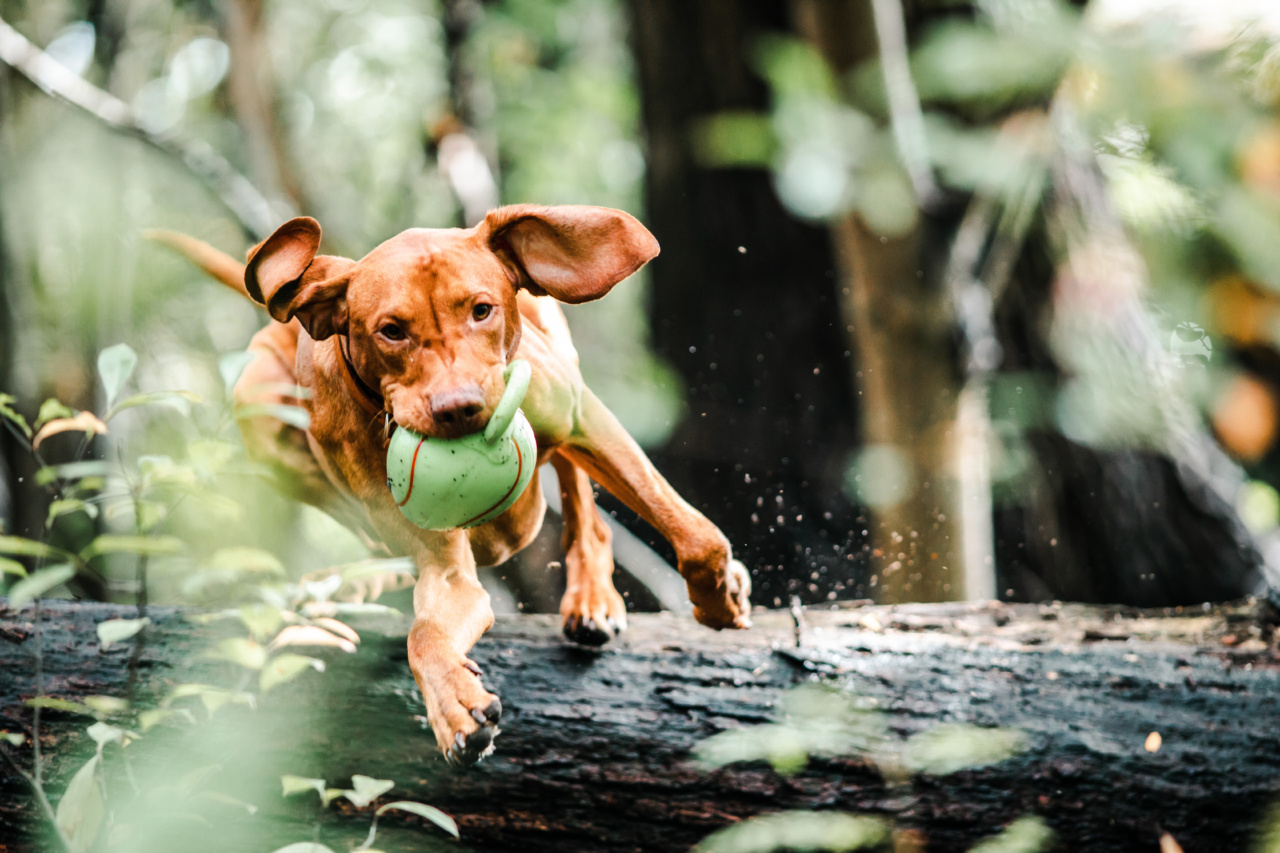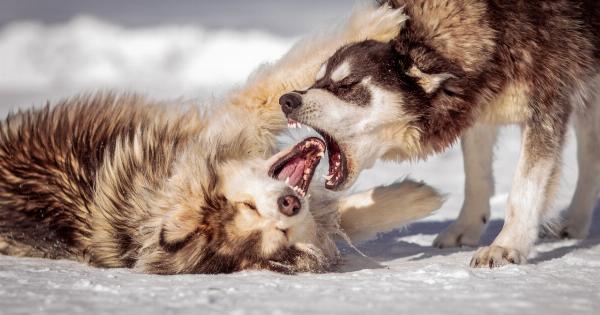When it comes to our furry companions, dogs are known for their exuberant displays of affection. They wag their tails, lick our faces, and jump up to greet us with enthusiasm.
But what does it mean when our dog’s affectionate jump turns into a potentially violent behavior? In this article, we explore the reasons behind a dog’s jumping and how to address this behavior to ensure the safety of both the dog and those around it.
The Reasons Behind Jumping
Dogs jump for various reasons, but the underlying motivation is usually associated with seeking attention:.
1. Excitement and Greeting
When we return home after a long day, our dogs cannot contain their excitement. They jump up to greet us, expressing joy and happiness. This behavior is especially common in puppies and young dogs as they are naturally energetic and playful.
2. Seeking Attention
If our dog feels ignored or neglected, they may resort to jumping as a means of grabbing our attention. Their jumping behavior is a way of saying, “Hey, I’m here! Pay attention to me!”.
3. Lack of Training
Jumping may also be a result of inadequate training or inconsistent reinforcement of boundaries. Dogs are intelligent creatures and quickly learn that jumping can be an effective way to get what they want.
Without clear rules and consistent guidance, this behavior can persist.
The Line Between Affection and Violence
While most dogs jump up out of love and affection, sometimes this behavior can escalate into something more concerning. Understanding and recognizing the signs of violence or aggression in our dog’s jumping is crucial for everyone’s safety.
1. Intensity
Pay attention to the intensity of your dog’s jumps. If they are forcefully jumping or using excessive force, it can indicate a more aggressive behavior.
This becomes particularly alarming if their paws land on people or if they are attempting to knock someone over.
2. Growling or Snapping
If your dog growls, bares their teeth, or snaps while jumping, it is essential to address this behavior immediately. These signs suggest a lack of control and potential aggression.
3. Fear or Anxiety
Anxious dogs may also show aggression while jumping. If your dog appears fearful, their jumps may be accompanied by barking, raised hackles, or avoidance behavior.
Addressing the Issue
To address our dog’s jumping behavior, we need to find appropriate strategies that promote positive interactions and discourage violence:.
1. Training and Consistent Reinforcement
Engaging in consistent training sessions with our dogs can help them understand acceptable behavior. Encourage them to sit or stay instead of jumping when they greet people. Remember to reward and reinforce positive behavior.
2. Ignoring the Jumping
If your dog tries to jump on you or others, try ignoring them completely. By ignoring their jumping behavior, we remove the reinforcement that they seek. Only provide attention and affection when they have all four paws on the ground.
3. Practice Calm Greetings
Teaching our dogs to greet people calmly can help prevent jumping. Practice controlled introductions, rewarding them when they remain calm and composed.
4. Seek Professional Help
If the jumping behavior persists despite your best efforts, consulting with a professional dog trainer or behaviorist is a wise choice. They can provide personalized guidance and strategies to address the issue properly.
Ensuring Safety for All
While a dog’s jumping behavior can be benign and affectionate, it is crucial to recognize when it crosses a line towards violence.
By understanding the reasons behind the behavior and implementing appropriate training techniques, we can ensure the safety of our dog and those around them.


























